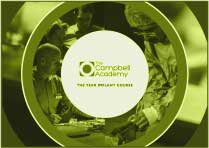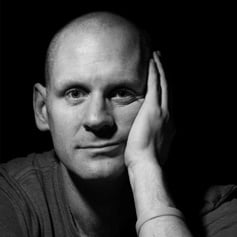
You can read part 1 here and part 2 here of this series on our implant education, but this one is about our Year Two Implant Course.
Just a couple of years after we started the Year Implant Course, it became clear that people were desperate to learn more and had so much further to go on their journey.
We had previously designed some standalone courses in aesthetic implant dentistry (I feel that's absolutely critical for everybody), CBCT interpretation through a competency-based three-day course (not just a short online course where you can tick a box), a Sinus grafting course on either cadavers or deer heads, which takes surgery and understanding of surgery to another level, and then an immediate full arch reconstruction course for people who want to move to a much more advanced and complex level.
Together and then amongst this, we have single one-day master classes.
And so, the year two course became a place where people could get together and have specific teaching days and clinical days of their own, where they could bring more complex cases and discuss them, and a separate and innovative slack discussion group, where they could move on from their Year Implant Course and into Year Two, where they could post cases all year and continue to discuss and learn all the time through peer-to-peer learning.
But the most important thing about the Year Two Implant Course was it was a menu you could choose and pick which of the courses were most suited to you (obviously from a range that was limited, you can't do it all at once).
But if you wanted to do aesthetic implant dentistry, you could do that, or if Sinus grafting was more for you, you could do that.
Almost everybody does CBCT; that's absolutely essential.
Everybody comes on these courses and keeps seeing friendly faces, but they are together on their own specific days at the start and end of the course and on their clinical days where they treat their own patients.
It takes people from straightforward implant dentistry to advanced implant dentistry as per the ITI Curriculum, and it moves people towards a chance to sit the intermediate certificate from the ITI after they've sat the straightforward initial certificate in year one.
You can't jump straight to advanced; nobody's able to do that; you must first understand the nuts and bolts of putting implants into straightforward sites before you can move along to do anterior aesthetic cases where the stakes are high.
This course is designed to take you there from capable straightforward (that's what we try to achieve at year one close) to an advanced implant practitioner by the end of year two, ready to use your skills to drive forwards in your implant practice and to take it to a better place financially and from a clinical satisfaction point of view so that if you want, you can move towards a much more complex mindset.
Blog Post Number - 3462





Leave a comment